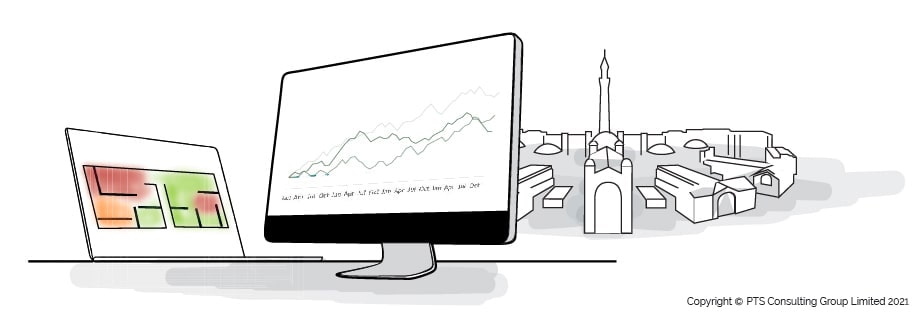The University is investing into the first phase of a major energy efficiency project that will help the University reduce energy consumption and carbon emissions and will mark the first phase of the University’s transition to net zero carbon.
The first phase of the major energy efficiency project (commonly referred to as ‘Tranche 1’ or 'T1') is made up of the top 25 energy intensive buildings on the Edgbaston campus.
Tranche 1 buildings list
| Building |
|---|
| Metallurgy & Materials |
| Engineering (Mechanical & Civil) |
| Muirhead Tower |
| Sport & Fitness |
| Gisbert Kapp Building |
| North East Car Park |
| Institute for Biomedical Research |
| University House (old and 1st extension, not new extension) |
| Chemical Eng. - New & Old Blks |
| Medical School Extension |
| Education |
| School of Sport & Exercise Science |
| Aston Webb Domes & Semi-Circle |
| Poynting Physics |
| Physics East |
| Physics West |
| Aston Webb Great Hall Block |
| The Wolfson Centre for Medical Education |
| Watson (maths) |
| Aston Webb C Block |
| Aston Webb B Block |
| Aston Webb A Block |
| Computer Centre (Elms Road) |
| Henry Welcome NMR |
| Aston Webb Semi-Circle (West) |
| European Research Institute (ERI) |
This major energy efficiency project began in 2021 and includes the implementation of 5* different categories of building upgrades including: LED lighting, Enlighted Internet of Things (IoT) sensors and platform, Building Management Systems (BMS), Energy Management Software and Thermostatic Radiator Valves.

Description of these technologies
Investment into T1 of the major energy efficiency project at Edgbaston is needed to kick-start the first phase of the University’s transition to net zero and enable it to transform the way the campus is operated.
The implementation of these five technologies are guaranteed to deliver a material impact on the university’s emissions, as well as deliver significant cost savings.
Anonymous data and information gathered from these new technologies will help the University to identify potential building issues before they impact end-user experience. By spotting possible issues before they become a major problem, this will help to offset some of the reactive pressures on various University teams, enabling staff to better plan, prepare and make informed decisions on how best to take corrective action.
Siemens will oversee the design and delivery for this major energy efficiency project with support from the University’s Estates Office and IT Services.
Deploying these five technologies the University will see a 5% reduction in carbon emissions, which is the equivalent of approximately 2,856 tCO2.
This will save the University money, ensure compliance and will support the first phase of the University’s a transition to net zero carbon.